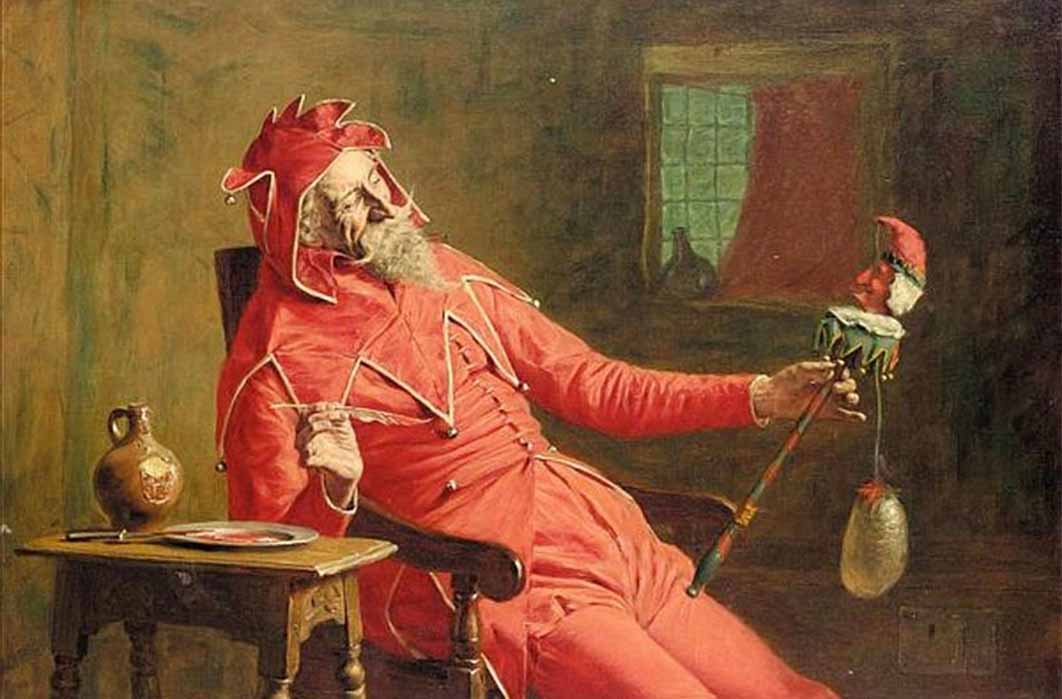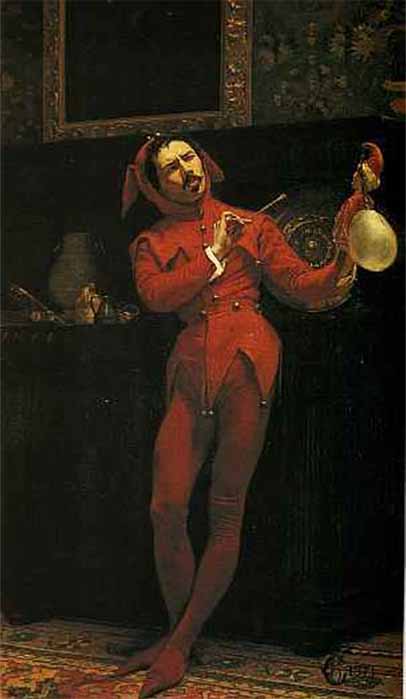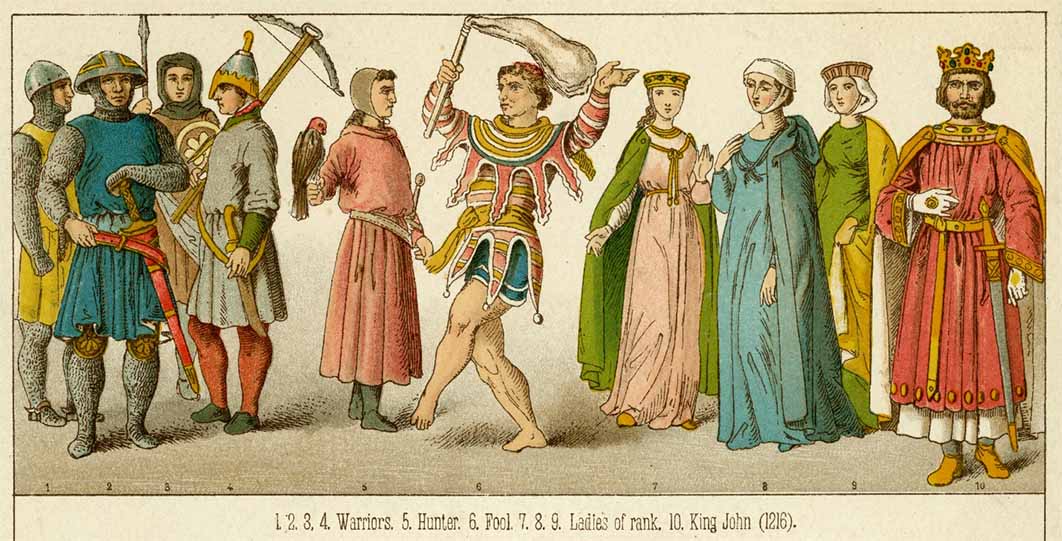
The Curious And Precarious Life Of A Medieval Jester
The medieval jester has become an iconoclastic figure in society, regularly appearing in the TV shows, films, and video-games of the modern era. The classic jester, replete with flamboyant colorful dress and a nimble wit to match, was a popular mainstay of medieval courts, which prized the artistic talents and stark honesty of the professional funnyman, delivered with a characteristic comedic flair. The wide range of names given to jesters in a variety of languages illustrated their widespread popularity not only in Europe. Among the English estates they were called menestrels or joculatores’, in France they were jongleurs, in Russia skomorokhi, in India komali, and for the tribes of Tonga, faakaluma. The word ‘jester’ was an Anglo-German construct, emerging in the 16th century from the word gestour which meant ‘storyteller’.

The Jester by Claude Andrew Calthrop (1871) (Public Domain)
Jesters could be found plying their trade in the streets, squares, and palaces of medieval Europe and in realms far beyond. Jesters could be divided into two types: a licensed fool was a person pretending to be a buffoon, but a natural fool was an individual who often suffered from some sort of mental illness to the amusement of noble keepers. In fact, the word ‘fool’ was completely synonymous with ‘jester’ in European courts, however, to call a jester an ‘idiot’ was a mistake. An enormous amount of talent and intelligence was required to become a successful jester, and the lucky few who were good enough could live a comfortable life under the wing of a wealthy patron, providing they were up to sufficient standard.
The Early Origins Of The Jester
After the fall of the Roman Empire, and in combination with the rise of Christian criticisms of entertainment, the theatre as an important dramatic tradition declined. The sixth century witnessed the ascent of the individual entertainer, however these early showmen had to contend with the virulent remarks of Christian writers, who saw in artistic tomfoolery a gateway to Satan.

Woman and a Jester by Adriaen van de Venne (1630) (Public Domain)
Christian writers viewed jesters as sinful and corrupt, and often linked them with the Devil. In the 13th century theologian Guglielmus Peraldus launched a scathing diatribe against the professional buffoon, linking their capacity to make men laugh, a dangerous and sinful action, to the same ability of goats and apes to induce the derision of humans. Christians further detested the pandering of jesters to the coin purses of their wealthy backers, arguing that being rewarded for buffoonery was an immoral way to live one’s life. Alain de Lille, for instance, criticized those: “who flatter to get out money, who slander to induce the rich to make generous offerings; who play the cither of adulation in the ears of powerful lords, who weigh praises according to the abundance of the table, who obtain by backbiting what they cannot obtain by virtue.”
They also rallied against dancing, believing it to be an instrument of the devil constructed to tempt men to the dark side. During the 13th century the Devil, Etienne de Bourbon insisted, was the creator of all dances. During a dance procession, leftward movement was a particularly disturbing sign of devilish machinations to Jacques de Vitry, who described dancing as a:“circle in the middle of which stands the devil, and where everybody goes leftwards, because everybody tends toward eternal death.”






